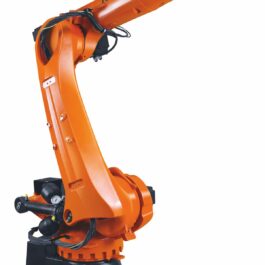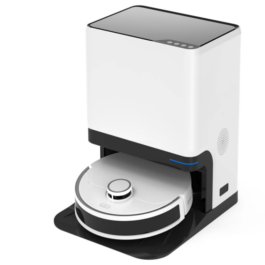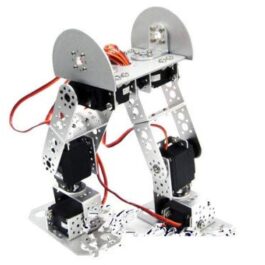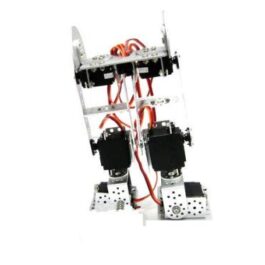Description
Robotics Mobility
- Robotics Mobility, Learn new concepts from industry experts
- Gain a foundational understanding of a subject or tool
- Develop job-relevant skills with hands-on projects
- Earn a shareable career certificate.
There are 4 modules in this course
- How can robots use their motors and sensors to move around in an unstructured environment?
- You will understand how to design robot bodies and behaviors that recruit limbs also.
- And more general appendages to apply physical forces that confer reliable mobility in a complex and dynamic world also.
- We develop an approach to composing simple dynamical abstractions also.
- That partially automate the generation of complicated sensorimotor programs also.
- Specific topics that will be covered include Robotics Mobility in animals and robots also.
- Kinematics and dynamics of legged machines, and design of dynamical behavior via energy landscapes also.
Motivation and Background
- We start with a general consideration of animals, the exemplar of mobility in nature also.
- This leads us to adopt the stance of bio inspiration rather than biomimicry, i.e. extracting principles rather than appearances also.
- And applying them systematically to our machines also.
- A little more thinking about typical animal mobility leads us to focus on appendages limbs and tails as sources of motion also.
- The second portion of the week offers a bit of background on the physical also.
- And mathematical foundations of limbed Robotics Mobility also.
- We start with a linear spring mass damper system and consider the second order ordinary differential equation also.
- That describes it as a first order dynamical system also.
- We then treat the simple pendulum the simplest revolute kinematic limb in the same manner.
- Just to give a taste for the nature of nonlinear dynamics that inevitably arise in robotics.
- We’ll finish with a treatment of stability and energy basins.
Behavioral & Physics
- We’ll start with behavioral components that take the form of what we call “templates:” very simple mechanisms.
- Whose motions are fundamental to the more complex limbed strategies employed by animal and robot locomotors.















Reviews
There are no reviews yet.